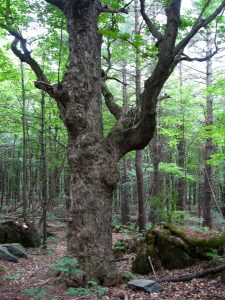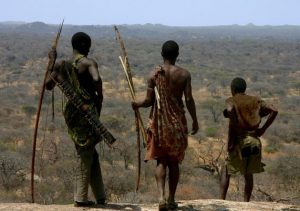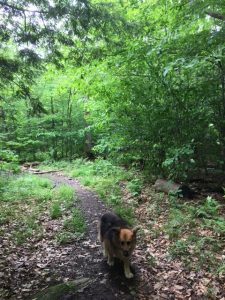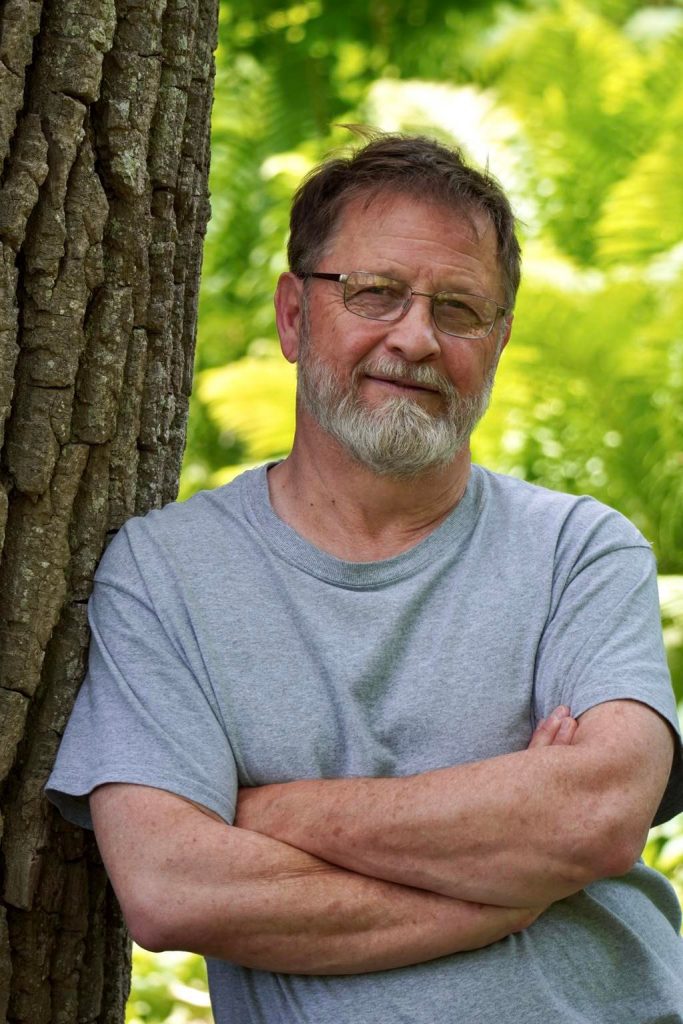Jun 27 2018
Architecture of the Wild
 Walking in the woods on a cool, early summer day, I take note of the trees around me. Some are relatively young, thin, and pushing straight up towards the sky. Others are strong, solid, well established, with limbs branching into the canopy. Still others are bent over, partially sheared away, or on the ground. But what catches my eye are the gnarly ones at least a hundred years old, maybe two hundred, with twisting limbs and thick bark. They are few and far between, and for every one still standing there are remnants of a dozen others scattered across the forest floor.
Walking in the woods on a cool, early summer day, I take note of the trees around me. Some are relatively young, thin, and pushing straight up towards the sky. Others are strong, solid, well established, with limbs branching into the canopy. Still others are bent over, partially sheared away, or on the ground. But what catches my eye are the gnarly ones at least a hundred years old, maybe two hundred, with twisting limbs and thick bark. They are few and far between, and for every one still standing there are remnants of a dozen others scattered across the forest floor.
The bulges and scars in the trunks of those old fellows tell an incredible story of survival, as do the tortured branches reaching every which way. It is the architecture of the wild – proof positive that some life forms do not give up easy. Throw decades of heat, drought, frigid temps, heavy snowfall, torrential downpours, bacteria, fungus and insects at them, and they still keep going. Every one of them is a testament to the efficacy of wild nature, to the relentless urge of all organic things to live and grow. God only knows why.
Look around and you’ll see some trees losing the struggle to survive and slowly dying. Last week I hired a fellow to drop and remove a nearly dead one still standing in my yard – one too close to the house for comfort. I suspect another might be on the way in another year or two. Meanwhile the rest of the trees on my lot sway in the wind as if they don’t have a care in the world. It’s baffling, really, the way some trees stand up to the stresses of daily life and others succumb.
Dead saplings are not uncommon in the forest – most losing the race to sunlight. And yet the occasional mature birch, maple or oak grows only thicker and tougher with time, sometimes losing a huge limb or two yet still persisting. What moral can be taken from this? No, it’s best if we don’t go there, trying to uncover the secrets of their woody success. It’s best if we don’t even look at old trees that way, but simply admire them for what they are: bastions of life force, beating all odds, both relentless and remarkable.
Comments Off on Architecture of the Wild



